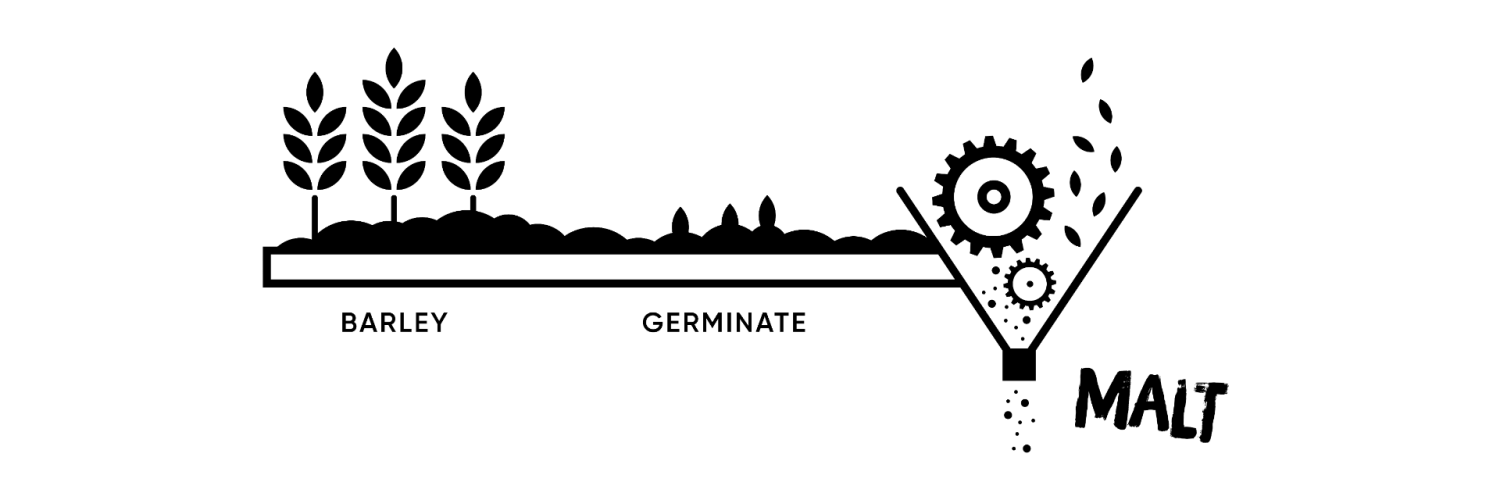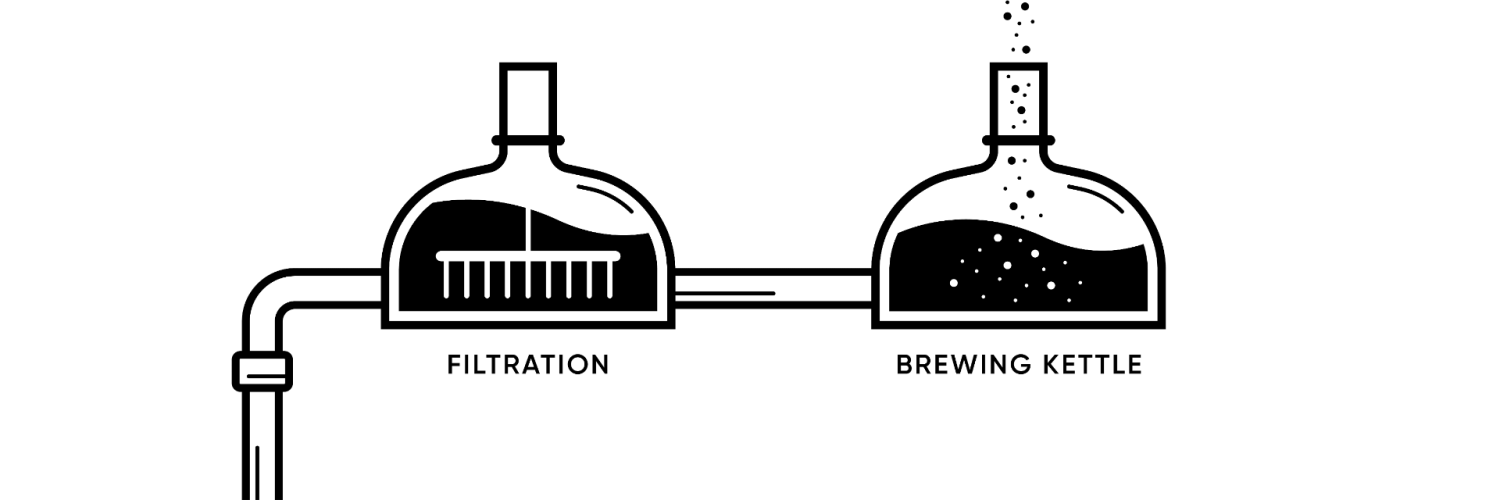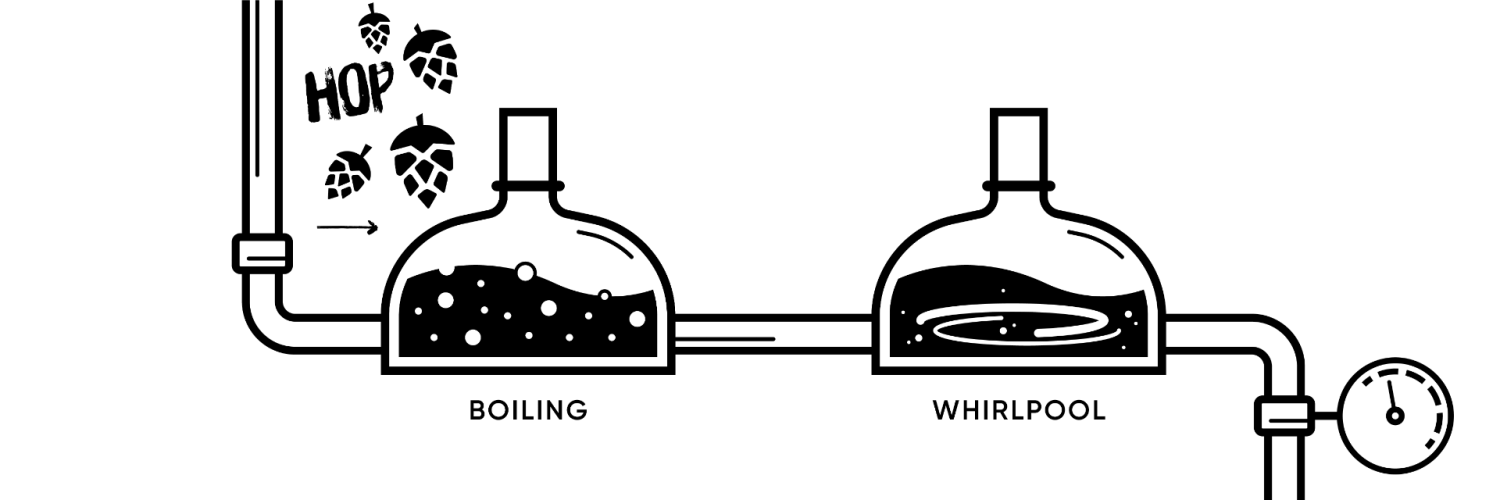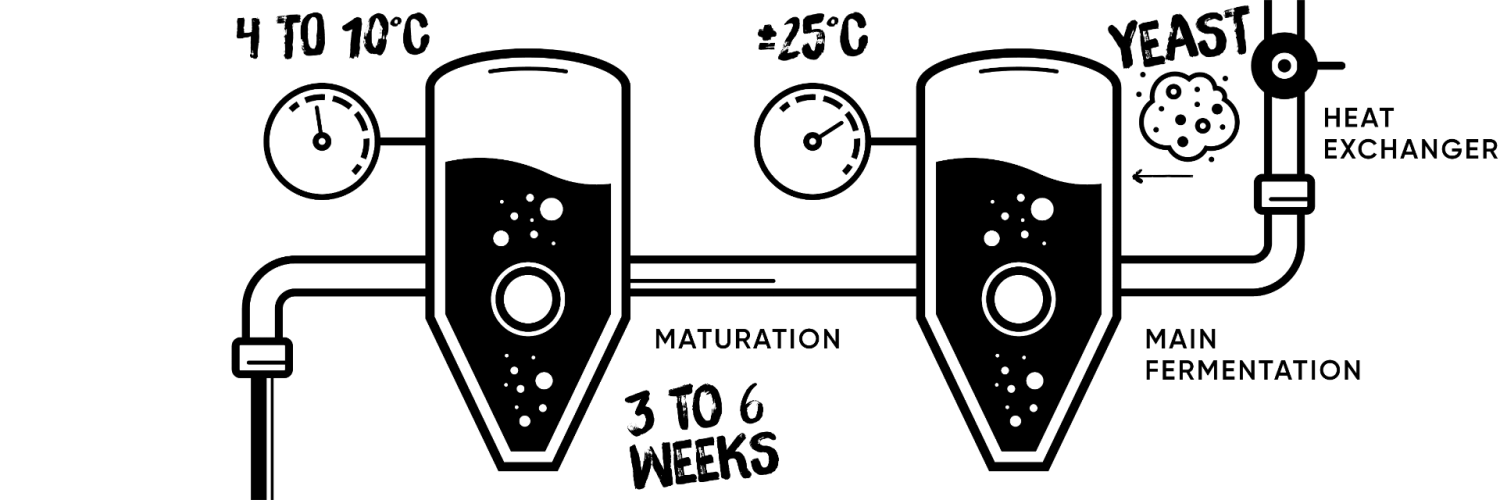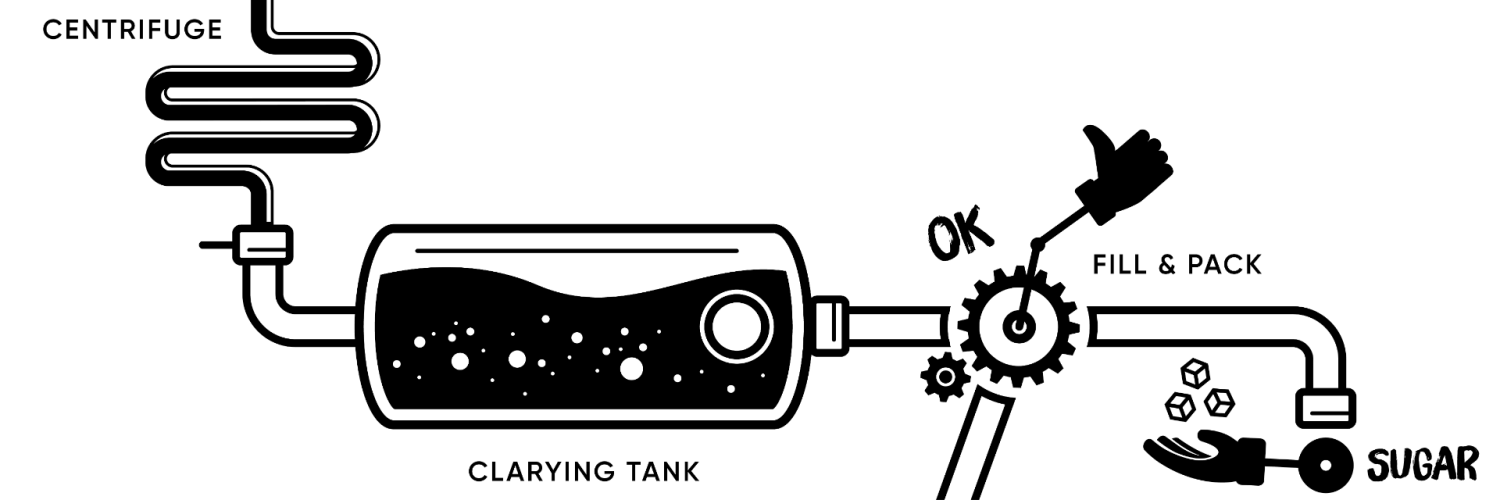A view on our brewing process
BREWING
The brewing process of the St.Bernardus beers commences when water is added to the brewing kettle, followed by a quantity of malt: barley that has germinated before being ground in the mill. We only ever use two types of malt. Pale malt is an ingredient in all of our beers but, if we are brewing brown beers, dark roast malt is also added to the brewing kettle. This brew is heated gradually over a period of one and a half hours until it reaches a temperature of 78°. This process is also known as ‘mashing’. At this stage in the process the malt is converted into fermentable sugars. Good to know: to make our Witbier (white beer), we use pale malt as well as wheat.
FILTERING
At the second stage, the brew is pumped across to the filtration basin where it takes two hours to separate the liquid (otherwise known as the wort) from the bostel (the solid residue or ‘dregs’ left behind by the malt). The bostel is transferred to a silo where it awaits collection by a local farmer for use as cattle feed. The wort is left behind and now forms the basic ingredient of our beer.
BOILING, WHIRLPOOL & COOLING DOWN
The boiling kettle is filled with the wort and further ingredients are added: hops, possibly also sugar and herbs, depending on the recipe. We use two varieties of hop: Hallertau Magnum to add the bitterness and Kent Golding to produce the specific aromas. The wort is boiled for approx. 90 minutes. Through centrifugal forces, the whirlpool separates the solid particles from the wort. The heavier particles are pushed towards the centre of the kettle so we can harvest the wort, which is lighter in weight and clings to the walls of the whirlpool. The boiled wort is quickly cooled down to a temperature of approx. 24°. As all of our beers are top-fermented, this temperature is quite a bit higher compared to the brewing process of pils or other bottom-fermented beers, where the wort is cooled down to between 10 and 14°. We start off with cold water that gains heat through this process. This water is then recycled for use in the warm water tank and used for the next brew.
FERMENTATION & COLD STORAGE
Once cooled down, the wort is transferred to the fermentation tank. Yeast is added at this stage. The yeast acts to convert the sugars contained in the wort into alcohol and carbon dioxide. This is called the main fermentation process which takes between seven and 10 days, depending on the type of beer. Fermentation occurs at a temperature of 25°. This high temperature gives rise to the term ‘top-fermented beers’. At the final stage, the beer matures for a number of weeks in a cold storage tank. This maturation stage is highly important as it fine-tunes the taste of the beer. Depending on the type of beer, it will spend between four and eight weeks in cold storage. We can detect a difference between top-fermented beers and bottom-fermented beers at this stage too. With top-fermented beers, fermentation occurs at the top of the tank. Once the yeast has done its work, it will float towards the bottom of the storage tank.
CLARIFYING TANK
Once the beer has matured for a sufficient period of time, the yeast will be removed by the centrifuge, a process also known as ‘purging’. In a final move, the beer is transferred to the clarifying tank.
FILLING
The beer is used to fill bottles, barrels or cans. One day before the bottles are filled, we add fresh yeast and a small quantity of sugar to the clarifying tank? The filled bottles will then re-ferment in the warm chamber for a couple of weeks. The advantage is that beers that re-ferment in the bottle can be stored for longer. The beer is ready to drink once it leaves the warm chamber.


